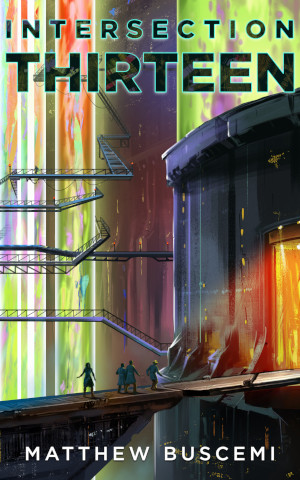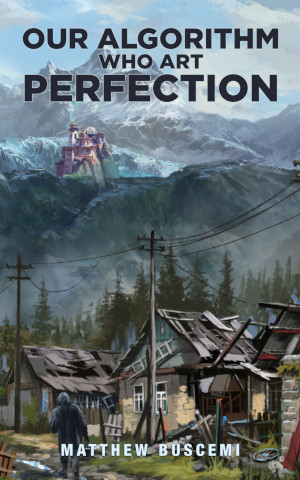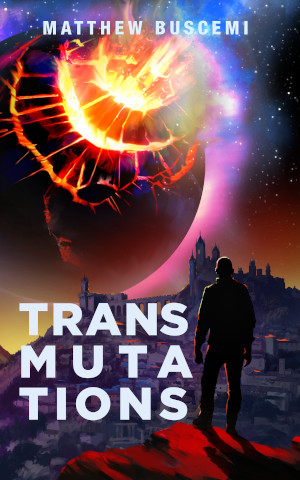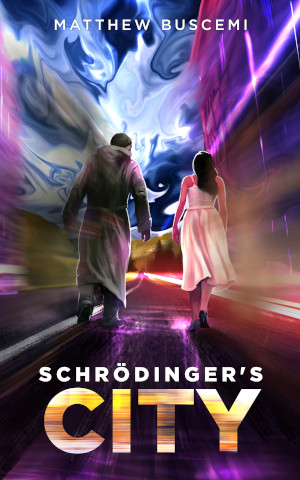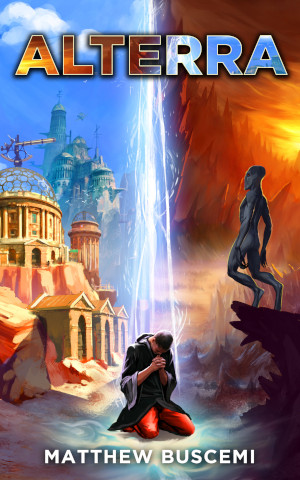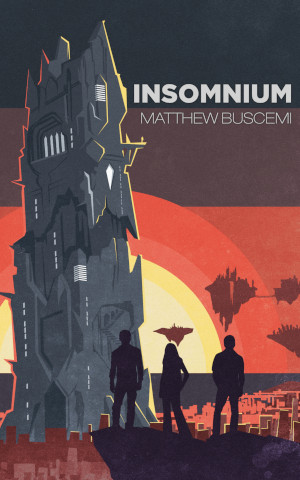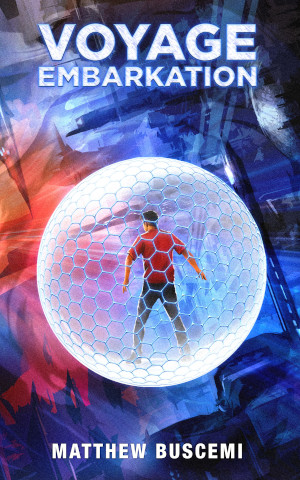Structural Prefabulation
Friday, August 21, 2020 at 4:41am
Serdar Yegulalp posted the other day over at Infinimata Press about his reasons for each of his novels being “volume 1 in a series of 1.” He identifies two motivations which drive writers to generate series:
- From the commercial perspective, readers who like a series’s first act are highly likely to buy its second and third and so forth. This builds a kind of reliability into the sale of such works.
- From the attention economy perspective, one could view the series as the maximization of the effectiveness of a hook. If a writer discovers an effective hook, why use it to generate one novel when you could use it to generate three, five, or eight instead?
As many of my early influences were from television as from books. Between 1990 and 2000, I was aged eight to eighteen, and so the nineties are my television SF touchstone. During that time period, I was most enthralled by Star Trek: The Next Generation episodes such as “Who Watches the Watchers?”, “Darmok,” and “The Inner Light.” I followed all the nineties Star Trek shows straight through to Voyager’s finale before setting off for college.
Most of Star Trek takes a traditional approach to the series format. Each episode is a self-contained story. A viewer could theoretically select an episode at random and enjoy it without requiring any context from any prior episodes.
During the decade of the aughts, thinking on this would change in a big way. Television shows like Battlestar Galactica and Lost retained their episodic facade, but in terms of real structure, the shows were one continuous story that just happened to pause at 45-minute intervals. These are series in form but not in spirit.
The show that most influenced my thinking on narrative was neither from the Star Trek franchise nor from the series of my undergrad and graduate school years. It was, rather, another nineties show called Babylon 5.
When Babylon 5 first appeared, it seemed a kind of Star Trek knock off. I paid attention to it peripherally, not particularly interested or disinterested in it. In terms of structure, it appeared Star Trek-like. In fact, some weeks I did miss it, and that had been fine by me.
Then, unexpectedly, in the middle of season two, I happened to miss an episode called “In the Shadow of Z’ha’dum.” When I tuned in to later episodes, it became clear that I had missed something big. The characters referred ominously to portentious events and hinted at secrets they dared not speak again. I found myself piecing those events together over the course of season three (recall that this was the time before one could simply stream episodes at will; one had to wait for them to be re-broadcast).
An interesting thing happened as Babylon 5 progressed. Although one could nominally pick up any episode at random and largely comprehend the plot, the characters, and their motivations, the individual stories took on more and more aspects of reference to past episodes. None of these references were strictly necessary to enjoy the individual stories of Babylon 5. The series was not, as the later aughts shows would be, one enormous story with strategically positioned breaks, but neither was it merely a sequence of one-off stories sharing characters and a setting. Babylon 5, somehow, managed to make magic happen. Its pieces were distinct pieces, but they also transcended their sum.
By the time I was in college, the DVD player had become a thing, and this ushered in the age of DVD sets of television series. When I re-watched Babylon 5, I remember being shocked at how, during the first two seasons, the series writer J. Michael Straczynski had included dozens upon dozens of details that could only have been conceived of together with the whole of the five-season arc. These early episodes, which I’d found unremarkable at the time of my first viewing (“just a Star Trek spin off,” I’d thought), had actually contained all the complexity and inter-relatedness I had appreciated about the later episodes. Those later episodes had not worked “better” than the earlier ones. The later ones had had a more powerful effect on me because I had gained more context of the world and its characters. That same context, brought back to the earlier episodes, enriched them as well.
I became so enamored of this effect of a well-structured series, that I set out to recreate it. My Voyage books were intended to do just that. I’ve written before about the reasons I have written only two of the five books in that series and have published only one. The most irksome aspect of the situation is the fact that Voyage Embarkation, the first book, contains dozens and dozens of references to the events that will happen in the written-but-unpublished Windbound, and the unwritten-but-outlined Adrift, Wake, and Tempest.
What I have discovered since is that one does not necessarily need the structure of an episodic series in order to create the effect of self-referentiality. In Schrödinger’s City, I achieved it within a single, 80,000-word story. When I wrote the Palípoli stories of The Shipwright, I built it into the collection without worrying about generating a mega-arc. The same is true of my recent drafts of stories set on Ytria. I have come back around to something more like individualized story structure of Star Trek, but with a dash of the self-referentiality of Babylon 5—stories connected by characters and setting, which are more than the sum of their parts, but which do not necessarily form an elaborate and preconceived arc.
I could add to Serdar’s list of a third motivation for an author to construct a series: From the perspective of narrative structure, the writer is pursuing a format in which smaller, individual stories achieve the quality of being more than the sum of their parts through inter-textual references. However, this motivation is rare for just the reason I discovered—one hiccup in the middle of what will necessarily be a large project can cause the whole thing to come tumbling down, and if self-referentiality—that moment of discovering that an innocuous detail is in fact meaningful—is one of the writer’s motivations, as it is for me, then that is easily enough achieved through other means.

